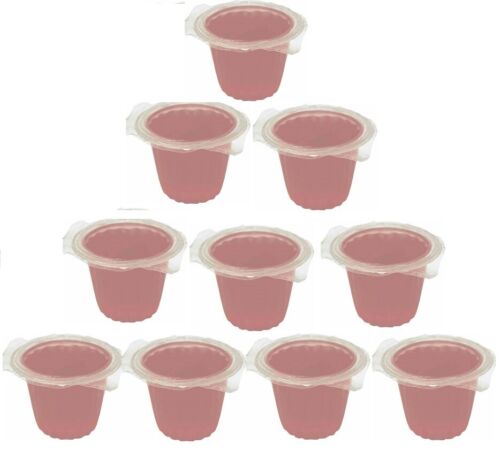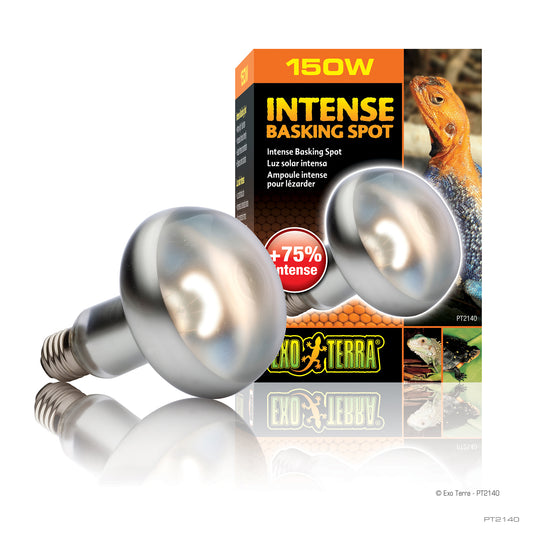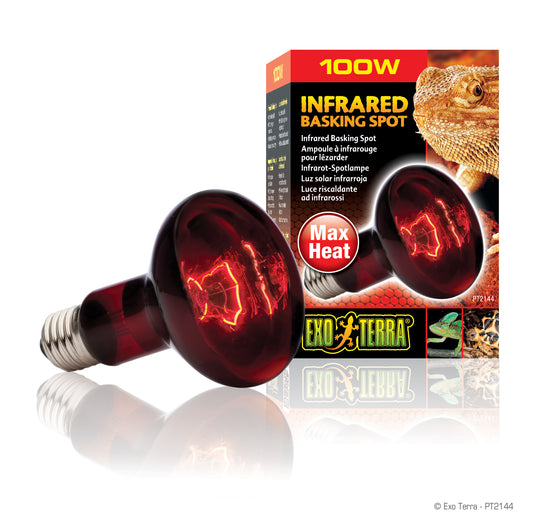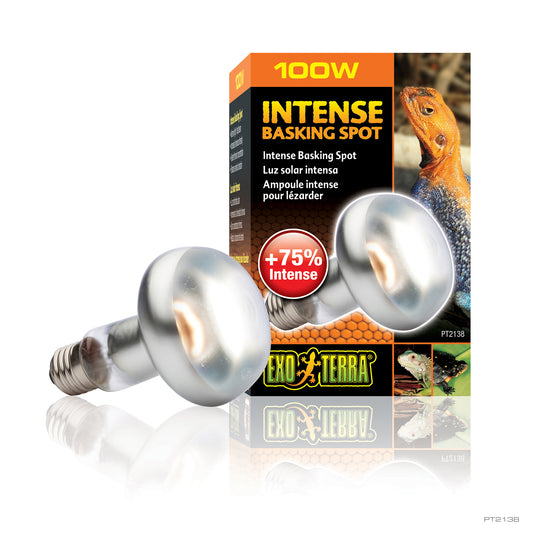
Leopard geckos (Eublepharis macularius) are charming reptiles known for their striking appearance, gentle nature, and ease of care. If you're considering a leopard gecko as a pet, this article will provide you with a general overview of their characteristics and care requirements.
General Description: Leopard geckos are native to arid regions of Afghanistan, Pakistan, and India. They have a unique appearance characterized by their bumpy skin, fat tails, and beautiful patterns. Leopard geckos come in various color morphs, including variations of yellow, orange, and brown with spots or bands.
Life Span: With proper care, leopard geckos can live for 15 to 20 years or more. Providing a suitable environment, a balanced diet, and regular veterinary check-ups can contribute to their longevity.
Natural Habitat: In the wild, leopard geckos inhabit rocky deserts and arid grasslands. They are primarily ground-dwelling reptiles but are also capable of climbing.
Average Size: When fully grown, leopard geckos reach an average length of 8 to 11 inches (20 to 28 cm), with the tail accounting for a significant portion of their size. They are considered medium-sized geckos, making them manageable and popular choices for reptile enthusiasts.
Enclosure Size: An appropriate enclosure for a leopard gecko should provide enough space for movement, hiding, and climbing. A 20-gallon terrarium is generally suitable for a single adult leopard gecko, while a larger enclosure may be required for multiple geckos. Ensure the enclosure has a secure lid to prevent escapes.
Temperature Requirements: Leopard geckos are ectothermic, relying on external heat sources to regulate their body temperature. Provide a thermal gradient within the enclosure, with a warm side ranging from 88-92°F (31-33°C) and a cool side around 75-80°F (24-27°C). Heat sources like under-tank heating pads or ceramic heat emitters, along with a thermostat, can be used to achieve appropriate temperatures.
Humidity Requirements: Leopard geckos prefer low humidity levels ranging from 30% to 40%. They are adapted to arid environments and do not require high humidity. Ensure proper ventilation in the enclosure to prevent excess moisture buildup.
Substrate and Bedding: Leopard geckos do well with a variety of substrate options, including reptile carpet, paper towels, or calcium sand. Avoid loose substrates that can be accidentally ingested and cause impaction. Provide a humid hide with moistened substrate (such as vermiculite or eco-earth) to aid shedding.
Toxic Substances: It's crucial to keep leopard geckos away from toxic substances. Avoid using cleaning products or chemicals near their enclosure. Some common household items, such as cedar or pine shavings, can be harmful and should be avoided as substrates.
Also avoid essential oils or aerosol sprays/household cleaners containing chemicals and harsh scents. Candles and scented candles or wax melts should be avoided.
Fun Facts:
- Leopard geckos have eyelids, distinguishing them from many other gecko species.
- They are known for their ability to regenerate lost tails, although the regenerated tail may have a different appearance.
- Leopard geckos are primarily nocturnal, being most active during the evening and night.
- They have adhesive toe pads that enable them to climb vertical surfaces.
- Leopard geckos possess a unique vocalization, known as "gecko barking," which is a soft, chirping sound they produce.
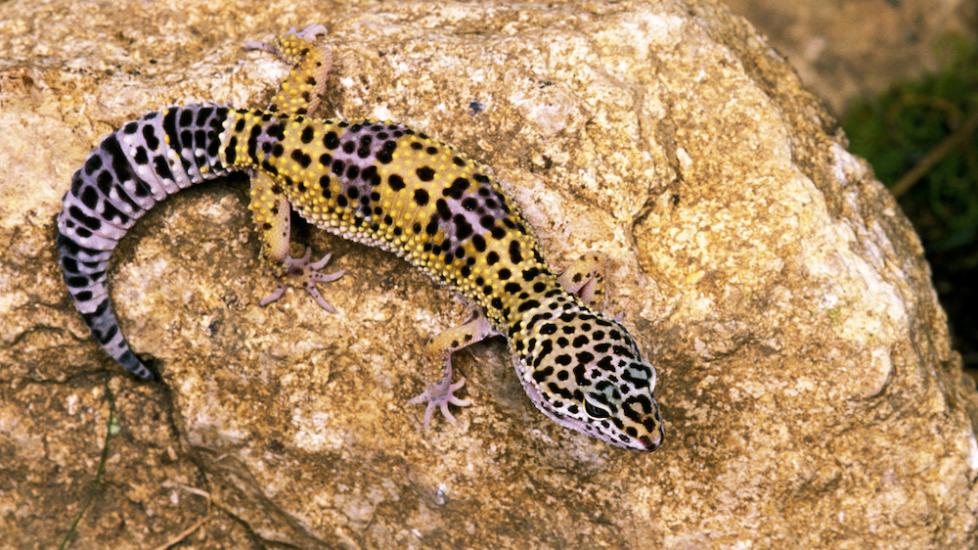
Leopard geckos are popular reptile pets due to their beautiful appearance, calm demeanor, and relatively easy care requirements. By providing the appropriate enclosure, temperature and humidity levels, a balanced diet, and regular veterinary care, you can ensure the health and well-being of your leopard gecko companion.
https://theurbanzoo.myshopify.com/products/leopard-gecko-dark-mack-snow-eclipse


